Identifying different types of angles is a crucial skill in geometry, and it can be made simple and fun for 4th graders with engaging angle activities.
Say farewell to tedious worksheets and introduce dynamic, interactive lessons that captivate your students’ attention.
Let’s explore how you can help your students develop a solid understanding of angles while your students have a blast in the process.
Whether you’re a teacher or homeschooling parent looking to teach angles in a fun and interactive way, these activities for angles will inspire you.
So, let’s dive in and explore six activities to teach the different types of angles to excite your students to learn about geometry!
Angle Activities for Teaching Types of Angles
Table of Contents
Sing About the Types of Angles
The kid band, Number Rock, has the best songs to teach about the type angles in geometry.
The best part is you can hear their catchy tunes for free on YouTube.
Their “Angle” song is perfect for your musically inclined kids to learn about acute, right, and obtuse angles.
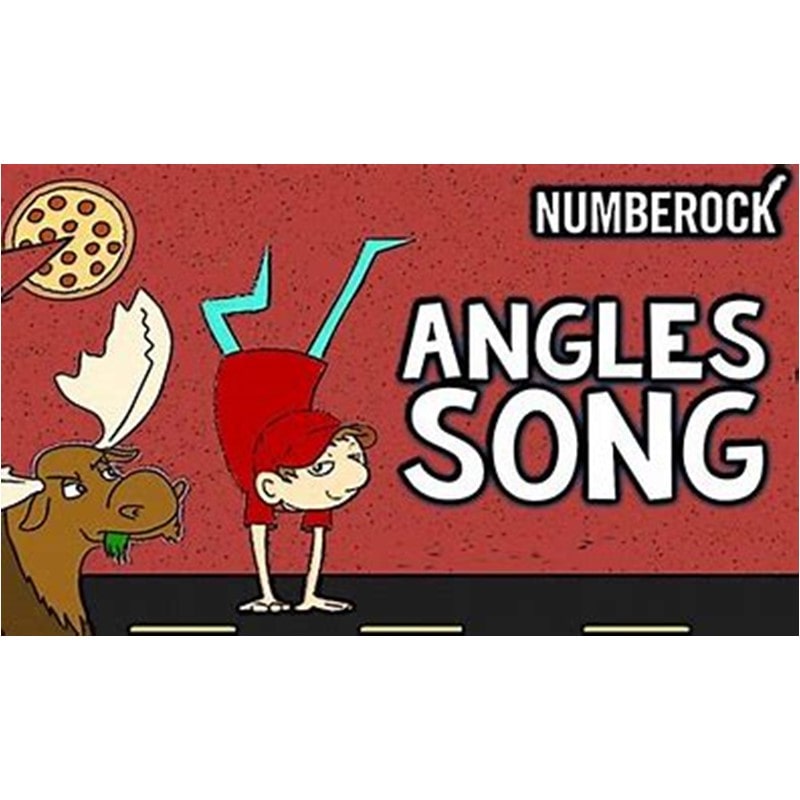
The song’s tune will have your kids singing along and laughing while learning.
My students’ favorite angle after hearing their song is the obtuse angle.
You have to check out their music to find out why!
Angles in Action
Recognizing acute, right, and obtuse angles in pictures is a perfect way for your students to see where they could find uses for math outside of math class.
One way to do this is by scattering different pictures around the classroom.
Next, pair the kids to walk around the room and identify the angle in the photograph.
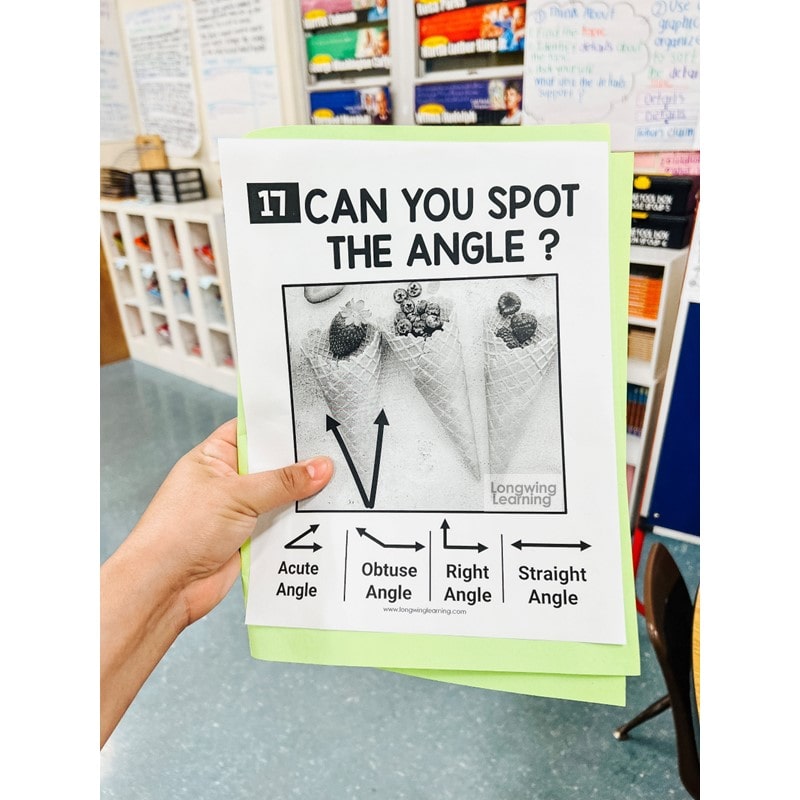
This activity can be extended by having kids take pictures of the types of angles they see around them and create a collage with their photographs.
You can use this angle activity as an alternative assessment to check for their understanding of angles.
Add Movement to Learn About Angles
Research show learning by doing, our brain retains more.
So, adding hand movements to recognize acute, right, obtuse, and straight angles is a great strategy to add to your math lesson plans.
While teaching kids to identify different angles with their arms, use this opportunity to mention the angle type and their degrees.

Start with the most common angle, the right angle.
Show your students to make a right angle by creating the letter “l” with their arms. Then, identify the angle with its name and degree.
So, you will say something like, “This is a right angle. Right angles measure precisely 90 degrees.
Then, move on to model an obtuse angle by moving the left arm to the left. Make sure also to state its name and degree.
For example, ” We have created an obtuse angle. Obtuse angles are greater than 90 degrees but less than 180 degrees.”
Then move on to straight angles. Extend both arms out horizontally. Name the angle and degree.
Here is an example of what to say, ” We have made a straight angle. Straight angles are 180 degrees.
End with the smallest angle, the acute angle. Bring your left arm across your body. Name the angle and degree.
You can say, “We have made an acute angle. Acute angles measure less than 90 degrees.”
Exploring Angles with Construction Paper
For this next activity, you will want to take out the construction paper for this cut-and-paste angle activity!
Have your kids create two-dimensional figures out of construction paper.
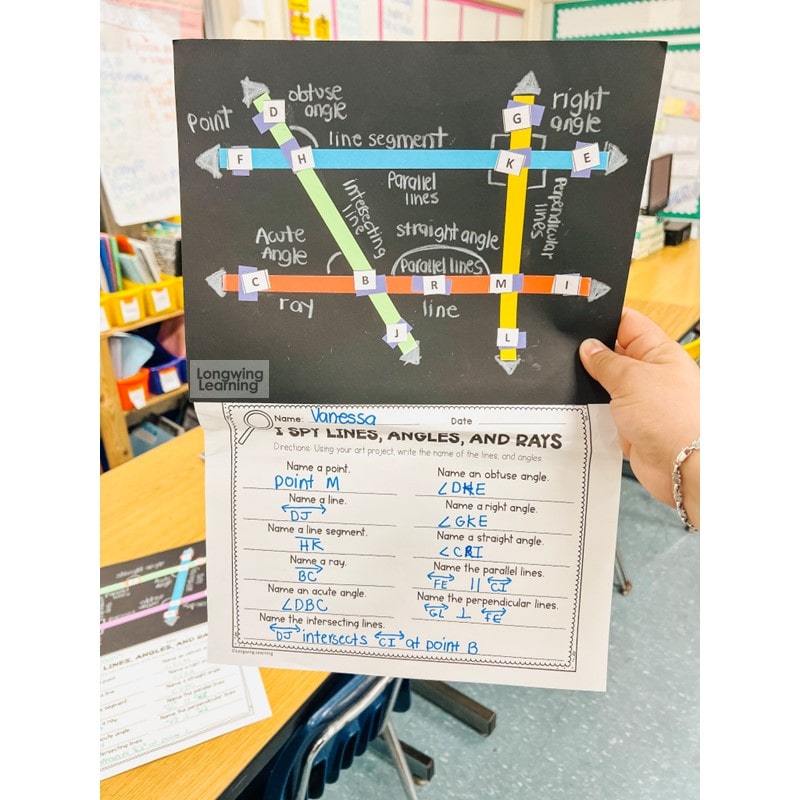
Next, have them analyze their figures and label the different types of angles in their art project.
In the end, you will have a gallery of projects to display.
As an extension, have a gallery walk.
Simply, have students walk around the angle project, pointing out the angles they notice in other projects.
Draw Different Types of Angles
If you’ve been looking for an excuse to bust out shaving cream or playdough in an upper elementary classroom, then this is the perfect math lesson to do it!
First, spray a bit of shaving cream on your kid’s desk.
Then, have them use their fingers to draw the angles.
This super-engaging activity pulls double duty: Learning and leaving the desk clean.
Use playdough or pipe cleaners as an alternative to making acute, right, and obtuse angles if shaving cream is messy.
Play an Angle Game
Turning any math concept into a game is a great way to help kids learn.
Try to pick games your students already know how to play.
Then incorporate the different types of angles. One way to teach acute, right, and obtuse angles is by playing the classic game of Simon Says.
Review the arm movements for acute, right, and obtuse angles. Then, designate one student as “Simon.”
Next, have Simon give directions to the rest of your students by saying, Simon says “Show me an acute angle.” Let your students pick an angle.
Also, designate other students to be watchers.
Watchers are students assigned to watch the rest of the class do the correct arm movement for each angle called by Simon.
Wrapping It Up
Consider incorporating interactive and engaging angle activities to differentiate your instruction meaningfully.
It could be as simple as doing arm movements or playing a game of Simon Says.
The possibilities are endless to get your students thinking about angles and how to identify them with confidence and accuracy.
No matter which math activity you pick, adding super-fun math geometry activities sets your students up for success in identifying acute, right, and obtuse angles.
We hope you enjoyed the ideas and encourage you to try them out.
Please share your questions or comments below in the comment section.
Featured Resources

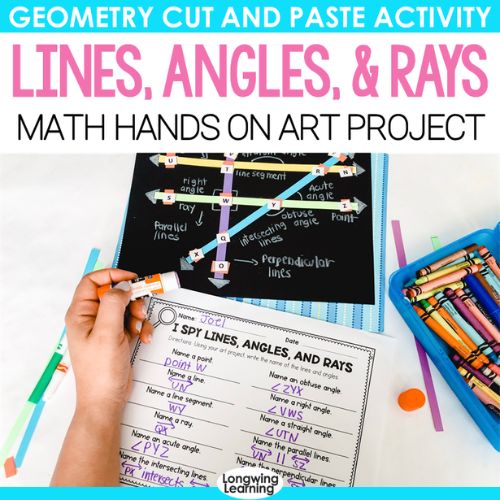








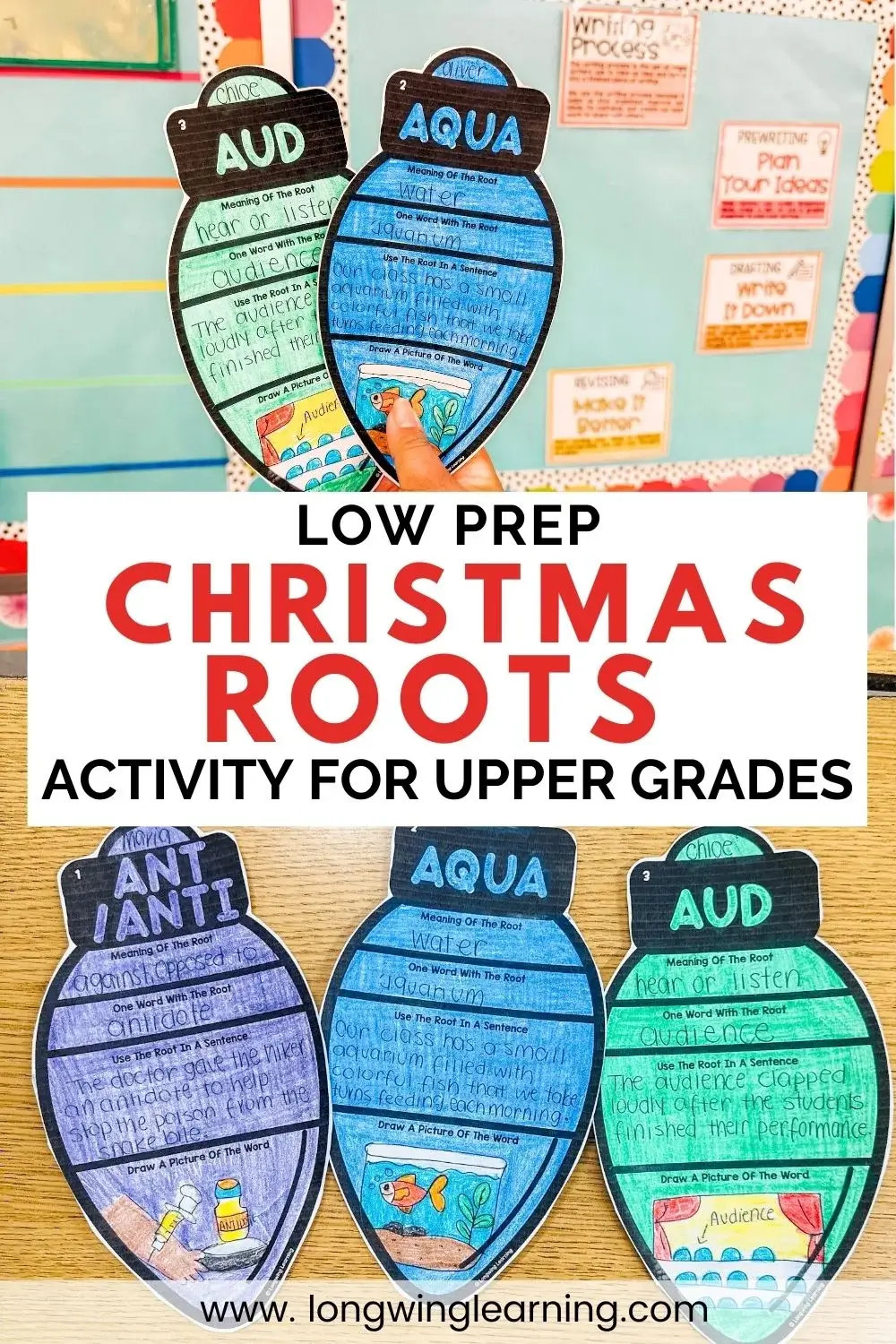
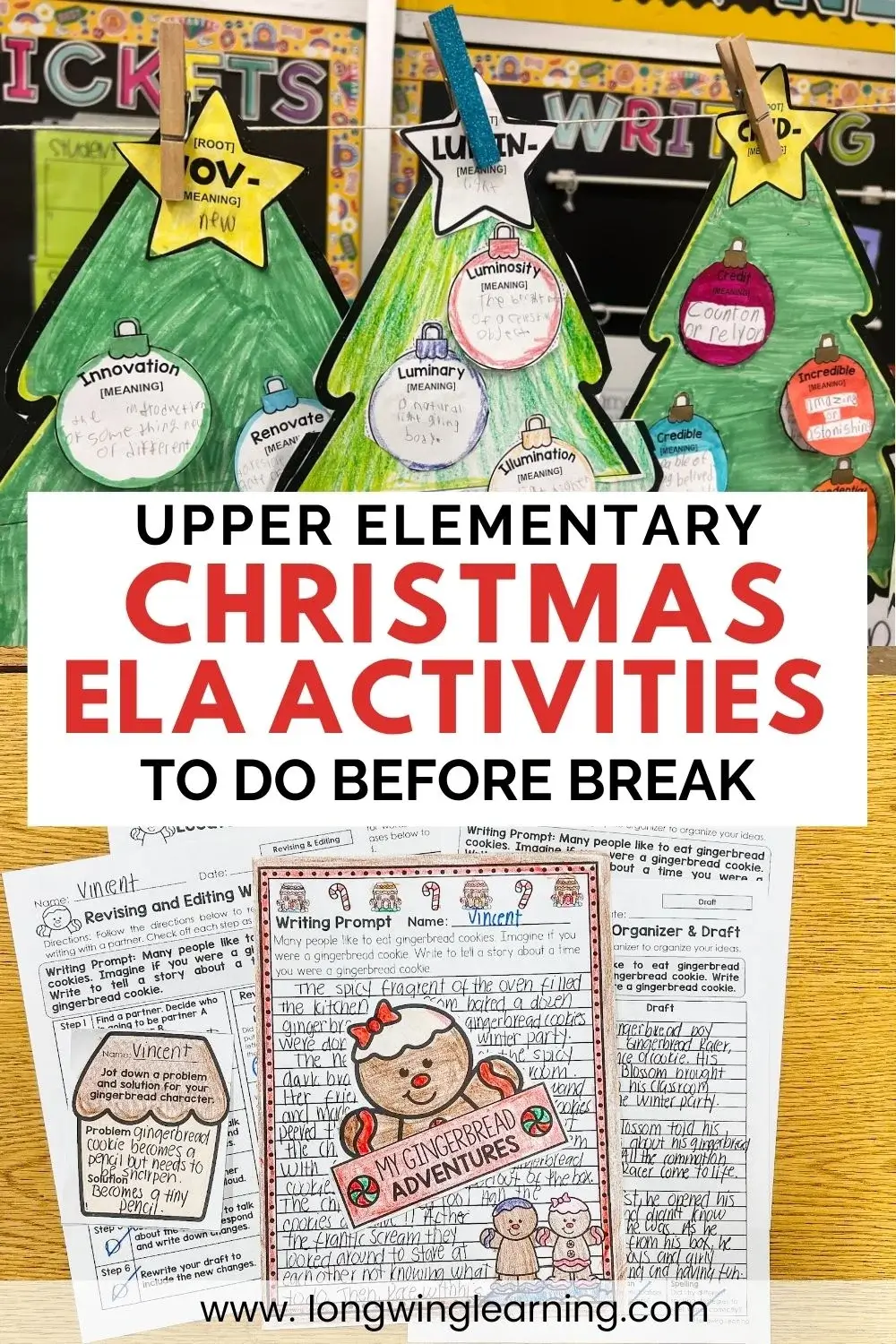


One Response
I think these ideas will help me teach my child and hopefully he will be able retain the information.